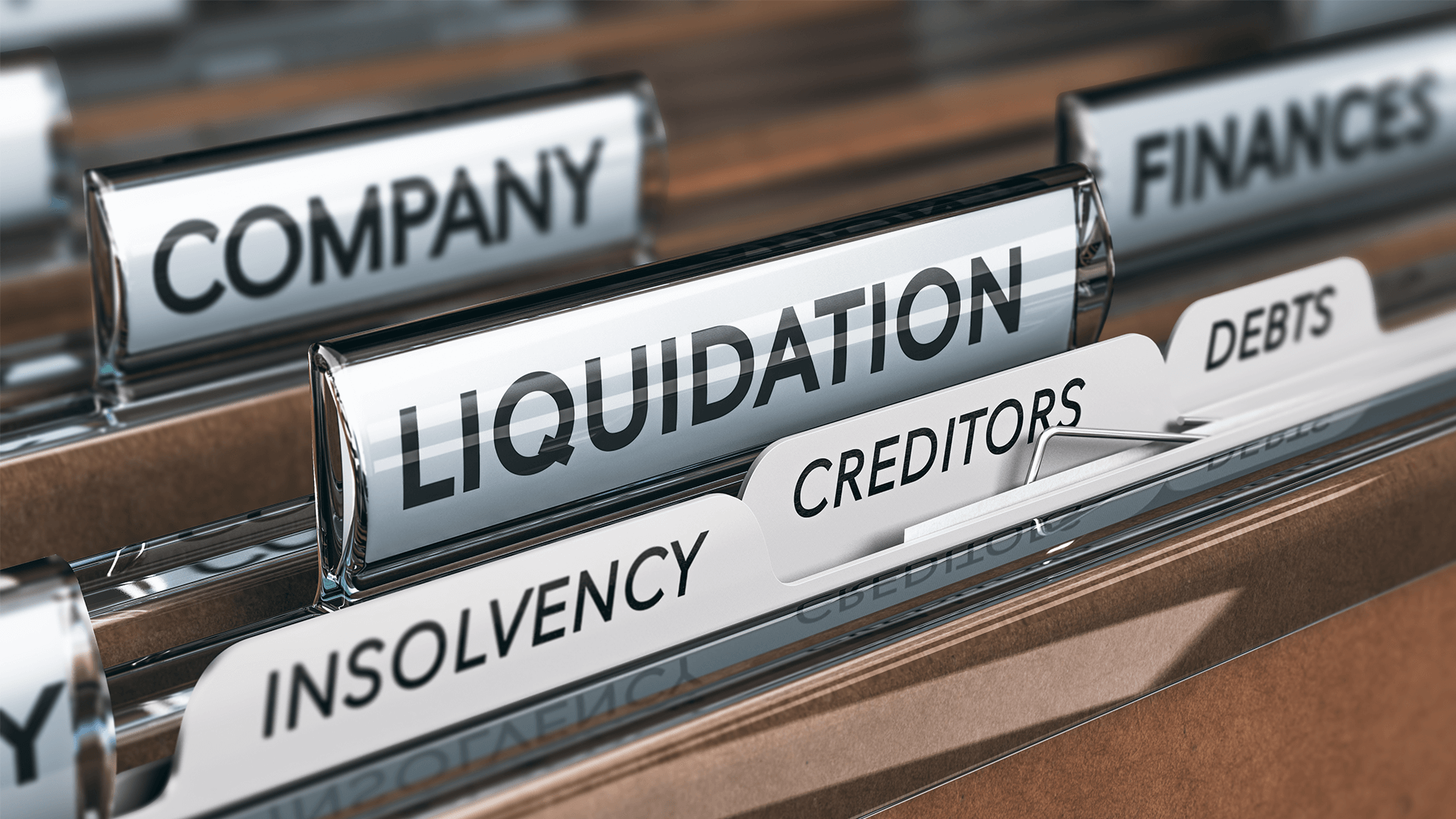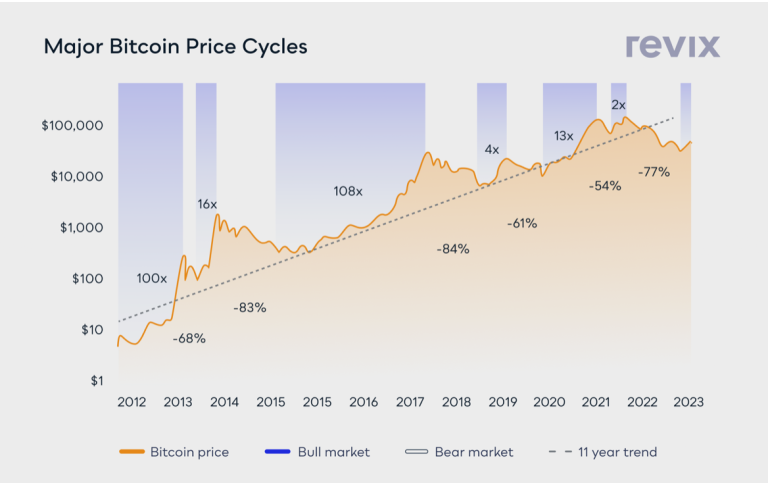If you reach the crossroads of having to close down your insolvent business or solvent business, you may explore liquidation to settle your financial affairs and repay creditors. Depending on the financial state of your business, including the strength of your cash flow and balance sheet, this will determine your next step which will either be a Creditors’ Voluntary Liquidation (CVL) or Members’ Voluntary Liquidation (MVL).
If you are deep in the process and you are unable to respond to creditor demands or come to an agreement, the creditor may apply for a petition to wind up your company. If granted by the court, your business could be forced into liquidation, writes Keith Tully of Real Business Rescue. Following the appointment of a licensed insolvency practitioner, here are the two liquidation options you can explore.
Creditors’ Voluntary Liquidation: As indicated in the name, a Creditors’ Voluntary Liquidation is voluntary action against an insolvent business as it can no longer keep up with payments. In order to safeguard the business from legal action and to protect the best interests of creditors, a CVL may be the most financially suitable option for your struggling business.
What happens in a Creditors’ Voluntary Liquidation?
In order to successfully initiate a Creditors’ Voluntary Liquidation, you will be required to appoint a licensed insolvency practitioner. As the action is voluntary and not forced upon, the shareholders will be in control of appointing an insolvency practitioner.
A Creditors’ Voluntary Liquidation will result in assets to be realised in order to repay outstanding debts to creditors. Before doing so, all shareholders will have to be in mutual agreement that the business is insolvent and that a CVL is the most appropriate form of action. You will be required to contact creditors to inform them of the company’s financial position and share an estimation of the assets held by the business. Each asset will require an individual valuation and should not be undervalued. If a director is interested in purchasing assets belonging to the business, this can only be conducted through an insolvency practitioner and should be sold at market value.
As the insolvency practitioner will be in control of the business, they will also be responsible for handling employee claims. An investigation will take place to ensure that the company director acted fairly and dutifully. If the director neglected directorial responsibilities, they could face disqualification and even be held personally liable for the debts of the business.
Members’ Voluntary Liquidation: A Members’ Voluntary Liquidation (MVL) is a suitable closure option for a solvent business which will allow you to shut the business down in a cost-efficient manner. This is an effective exit planning tool for a profitable company which has reached the end of its lifetime, such as in the event of director retirement.
This option is only suitable for a solvent business which is able to settle liabilities within 12 months. An MVL is appropriate for businesses with retained profits of £25,000 pounds or more. If the business holds less, it may not be financially viable to opt for a Members’ Voluntary Liquidation as there are costs involved which may set your business back. This includes payment for an insolvency practitioner, costs for legal notices such as a Gazette notice and financial protection for company funds typically determined by asset value.
Prior to an MVL, all financial obligations should be settled, including debtors chased and funds collected. All HMRC liabilities should be paid, including the submission of HMRC accounts and documents. After carrying out due diligence, your intention to close the company will be advertised on the Gazette, making it public knowledge which is when outstanding creditors will be invited to submit any claims. After clearance from HMRC, company funds will be distributed amongst shareholders and the company will be dissolved which refers to the removal of the company record from Companies House.
Compulsory Liquidation: This process will begin after a creditor brings forward a winding up petition for your business if standard methods of recovering money have failed. Compulsory liquidation essentially forces the company to liquidate assets so they can be sold and proceeds distributed to creditors. If you are in debt of £750 or over, the court will be able to force your business into liquidation.
- Statutory Demand: A statutory demand is a formal request for outstanding payments to be made. If you have been issued with a statutory demand and the 12 day repayment period has passed, your business could be forced into liquidation
- County Court Judgment: An unpaid County Court Judgment (CCJ) can also result in compulsory liquidation. A CCJ is a court order granted against you if you fail to respond to court action. This is a serious form of action as if a CCJ is issued; this will remain on your record for six years, hindering your chances of qualifying for finance, including a mortgage
Following the liquidation of the business, the company will be struck off the Companies House register, resulting in the dissolution of the business. This option is not voluntary as it will be forced upon by the court following a formal request from creditors.
The key difference between a CVL and MVL is that a CVL is a tool for an insolvent business and an MVL is a tool for a solvent business. If you are in the process of making this decision, it is important to move forward in a fast and efficient manner as you may be prone to being hit with legal action from creditors during this time period. As such, liquidation can give you sufficient breathing time to get your affairs into order. If you are in the position where you are considering the liquidation of your business, it is best to seek advice from a licensed insolvency practitioner to ensure you close your business in a tax efficient and legal manner.
This advice column was written by Keith Tully, a specialist in business turnaround and recovery at Real Business Rescue.























